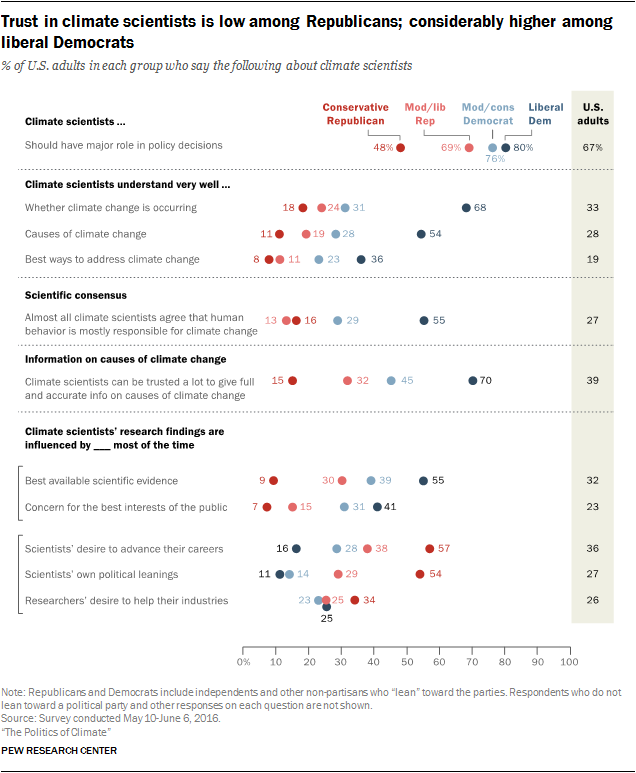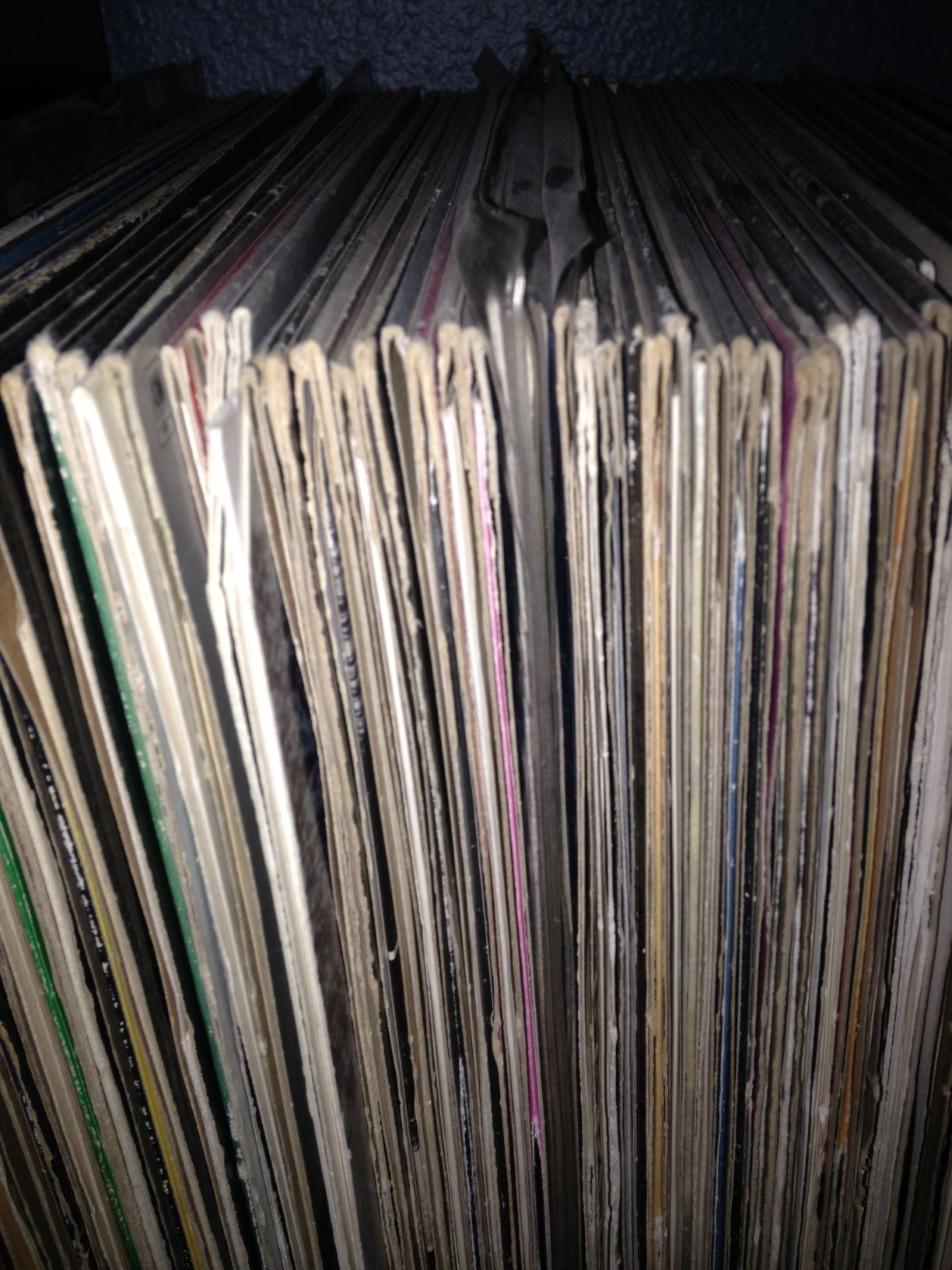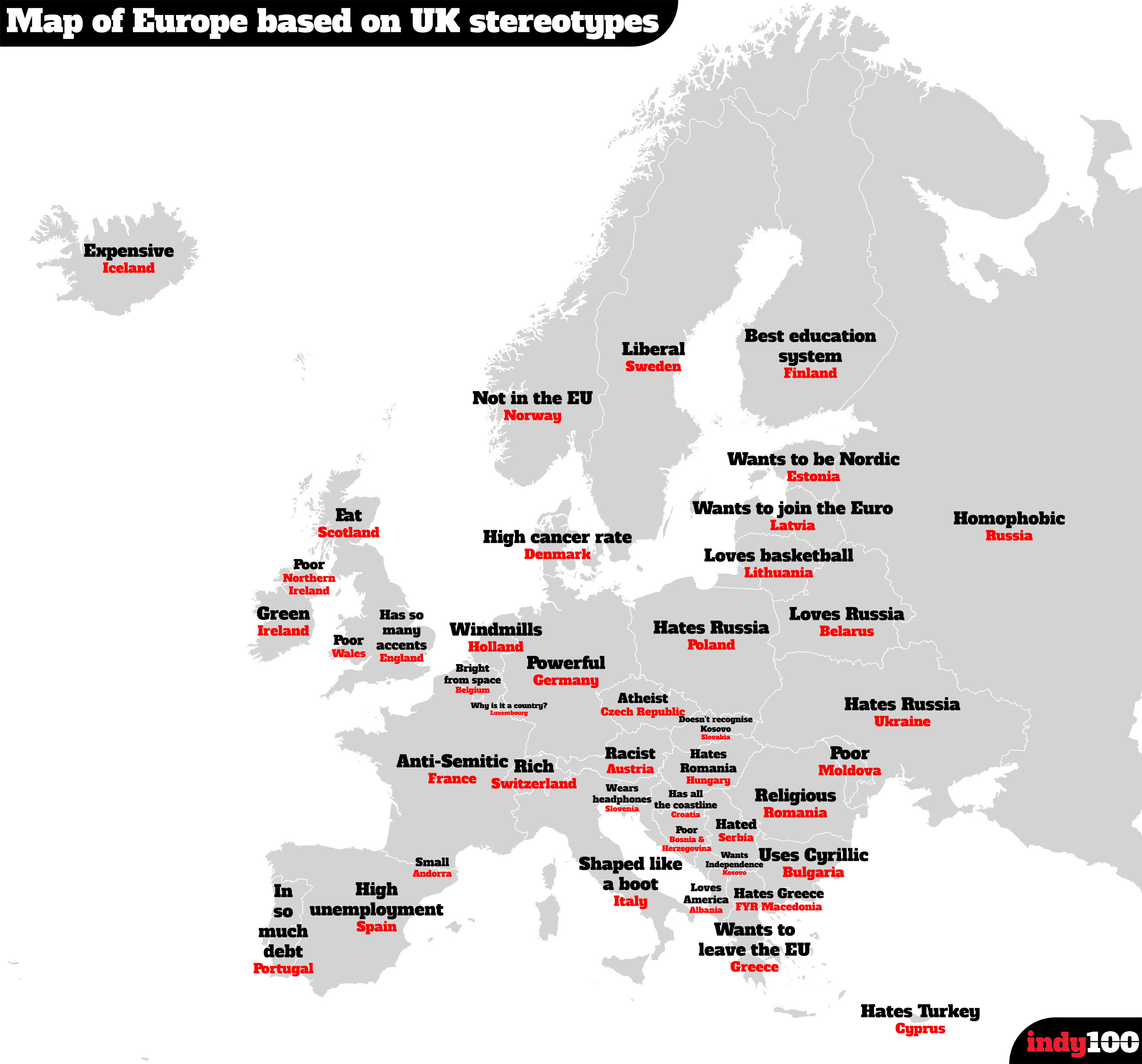
The end of the world may come in any one of hundreds of forms. Off the top of my head I can think several Hollywood-esque grand finales: a global pandemic, an errant asteroid, a careless Presidential error with nuclear codes, a biological terrorism attack, a leftist mind-control takeover, unfriendly aliens from Proxima Centauri, a misanthropic AI.
But a growing cadre of survivalists isn’t idly debating the pros and cons and probabilities of one apocalyptic scenario versus another. No. These “preppers”, as they have come to be known in some quarters, are actively preparing; they’re planning, moving, hoarding and readying themselves for the ultimate civilizational collapse. You’ll find quite a number of preppers in a rural area of the Pacific Northwest known as the American Redoubt.
Quite why the number of preppers has been rising recently is open to speculation. But I’d hazard a guess that most perceive their current lives under threat from a collection of at least three of the following: politicians (probably left-leaning ones), global elites, multiculturalism, atheists, the media, investment banks, Muslims, Jews, the Pope, and millennials [this last one is a joke].
From the Washington Post:
Don and Jonna Bradway recently cashed out of the stock market and invested in gold and silver. They have stockpiled food and ammunition in the event of a total economic collapse or some other calamity commonly known around here as “The End of the World As We Know It” or “SHTF” — the day something hits the fan.
The Bradways fled California, a state they said is run by “leftists and non-Constitutionalists and anti-freedom people,” and settled on several wooded acres of north Idaho five years ago. They live among like-minded conservative neighbors, host Monday night Bible study around their fire pit, hike in the mountains and fish from their boat. They melt lead to make their own bullets for sport shooting and hunting — or to defend themselves against marauders in a world-ending cataclysm.
“I’m not paranoid, I’m really not,” said Bradway, 68, a cheerful Army veteran with a bushy handlebar mustache who favors Hawaiian shirts. “But we’re prepared. Anybody who knows us knows that Don and Jonna are prepared if and when it hits the fan.”
The Bradways are among the vanguard moving to an area of the Pacific Northwest known as the American Redoubt, a term coined in 2011 by survivalist author and blogger James Wesley, Rawles (the comma is deliberate) to describe a settlement of the God-fearing in a lightly populated territory that includes Idaho, Montana, Wyoming, and the eastern parts of Washington and Oregon.
Those migrating to the Redoubt are some of the most motivated members of what is known as the prepper movement, which advocates readiness and self-reliance in man-made or natural disasters that could create instability for years. It’s scenario-planning that is gaining adherents and becoming mainstream in what Redoubt preppers described as an era of fear and uncertainty.
They are anxious about recent terrorist attacks from Paris to San Bernardino, Calif., to Orlando; pandemics such as Ebola in West Africa; potential nuclear attacks from increasingly provocative countries such as North Korea or Iran; and the growing political, economic and racial polarization in the United States that has deepened during the 2016 presidential election.
Nationally, dozens of online prepper suppliers report an increase in sales of items from water purifiers to hand-cranked radios to solar-powered washing machines. Harvest Right, a Utah company that invented a $3,000 portable freeze dryer to preserve food, has seen sales grow from about 80 a month two years ago to more than 900 a month now, said spokesman Stephanie Barlow.
Clyde Scott, owner of Rising S Bunkers, said pre-made, blast-proof underground steel bunkers are in big demand, including his most popular model, which sleeps six to eight people and sells for up to $150,000.
Read the entire story here.
Image: Luxury bunker able to withstand a 20-kiloton nuclear blast. Courtesy of Harry Norman Realtors / Cater News. Daily Mail.








 Hot on the heels of the map of US state stereotypes I am delighted to present a second one. This time it’s a
Hot on the heels of the map of US state stereotypes I am delighted to present a second one. This time it’s a 







 Ever wondered what really fuels the right-wingers in the media. Is it genuine, hard-felt belief — however unpalatable those beliefs may be to the mainstream — or is it about cold, hard cash and puerile attention seeking?
Ever wondered what really fuels the right-wingers in the media. Is it genuine, hard-felt belief — however unpalatable those beliefs may be to the mainstream — or is it about cold, hard cash and puerile attention seeking?


